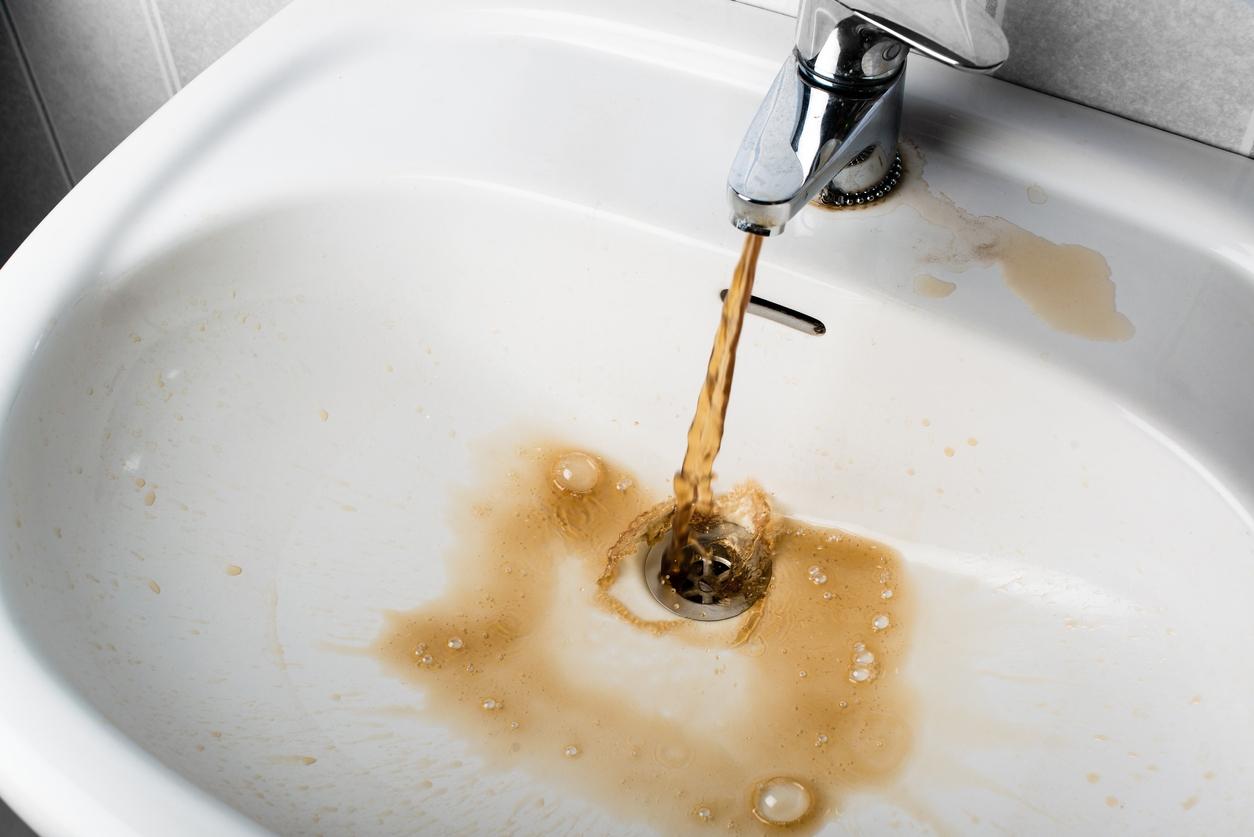

Articles
Why Is My Faucet Water Brown
Modified: January 23, 2024
Discover why your faucet water is turning brown with our informative articles. Get expert tips and solutions to fix this common plumbing issue.
(Many of the links in this article redirect to a specific reviewed product. Your purchase of these products through affiliate links helps to generate commission for Storables.com, at no extra cost. Learn more)
Introduction
Have you ever turned on your faucet and been greeted with the unpleasant sight of brown water? If so, you may find yourself wondering why the water has suddenly taken on this unusual hue. Brown faucet water can be concerning and raise questions about its safety and the state of your plumbing system. In this article, we will explore the various reasons why your faucet water may turn brown and discuss steps to determine the cause and potential solutions.
Brown faucet water can be caused by a variety of factors, ranging from simple plumbing issues to problems with the municipal water supply. Understanding the underlying causes can help you take appropriate action and restore the quality and clarity of your tap water.
In the following sections, we will delve into the reasons why your faucet water may turn brown and discuss steps to identify the specific cause:
Key Takeaways:
- Identifying the specific cause of brown faucet water, such as rusty pipes or disturbed sediments, is crucial for implementing effective solutions and restoring the clarity and quality of tap water.
- Taking proactive steps, such as flushing the water system, installing a filtration system, or repairing damaged pipes, can help eliminate brown faucet water and ensure a clean and safe water supply for your household.
Read more: Why Is The Water In My Toilet Brown
Reasons for Brown Faucet Water
There are several possible reasons why your faucet water may appear brown. Here are the most common ones:
- Rusty Pipes: One of the primary causes of brown faucet water is the presence of rust in your plumbing system. Over time, metal pipes can corrode and develop rust, especially if they are old or made of iron. When water passes through these rusty pipes, it can pick up rust particles, resulting in a brownish tint.
- Disturbed Sediments: Another culprit behind brown water is sediments that have settled in the water pipes. These sediments can get stirred up when there is a change in water pressure, such as during a water main break or after a period of low usage. When the sediments get dislodged and mixed with the water, it can give it a brown or muddy appearance.
- Municipal Water Supply Issues: Sometimes, the problem lies with the municipal water supply itself. Water treatment plants can experience issues such as maintenance work, changes in water sources, or problems with filtration systems. These factors can lead to temporary discoloration of tap water, causing it to turn brown.
- Well Water Contamination: If you have a private well, brown faucet water may indicate contamination. Various contaminants like iron, manganese, or even organic matter can seep into the well water, discoloring it. Ensuring regular testing and proper maintenance of the well can help prevent such issues.
- Plumbing System Problems: Problems within your own plumbing system, such as a broken or deteriorating pipe, can also contribute to brown faucet water. Leaks or cracks in the pipes can allow dirt and sediment to enter the water supply, resulting in a brownish color.
Identifying the specific reason behind the brown faucet water is crucial in determining the next course of action. Let us now explore the steps you can take to narrow down the cause of the discoloration.
Rusty Pipes
Rusty pipes are a common culprit when it comes to brown faucet water. Over time, metal pipes, especially those made of iron or steel, can corrode due to exposure to water and the elements. Corrosion creates a buildup of rust inside the pipes and can lead to discolored water.
When water flows through rusty pipes, it can pick up rust particles along the way. These particles can give the water a brown or reddish tint, causing concern for homeowners. The severity of the discoloration can vary, ranging from light brown to a dark, almost muddy color.
If you suspect that rusty pipes are the reason for your brown faucet water, there are a few things you can do:
- Check other faucets: Run the water from multiple faucets in your home to see if the problem is isolated to a specific location. If the brown water is consistent throughout your home, it’s likely that the issue is with the main water supply or your plumbing system.
- Inspect the pipes: Take a closer look at the visible pipes in your home, such as those under the sink or in the basement. Look for signs of rust or corrosion on the exterior of the pipes. If you notice any holes, leaks, or areas of significant corrosion, it may be necessary to call a professional plumber to assess and repair the pipes.
- Consider the age of your plumbing system: If you live in an older home with original plumbing, there’s a higher likelihood of encountering rusty pipes. The lifespan of pipes can vary, but if they are several decades old, corrosion and rust become more common issues.
- Consult a professional: If you have determined that rusty pipes are causing your brown faucet water and you’re unsure how to proceed, it’s wise to contact a professional plumber. They can evaluate the extent of the corrosion, recommend appropriate repairs or replacements, and ensure the water in your home is safe and clean.
Addressing rusty pipes may involve pipe repairs or replacements, depending on the severity of the corrosion. In some cases, it may be necessary to replace sections of the plumbing system, especially if leaks or significant degradation are present.
By taking the necessary steps to address rusty pipes, you can restore the clarity and quality of your faucet water and ensure a healthier and safer water supply for your household.
Disturbed Sediments
Another common reason for brown faucet water is the presence of disturbed sediments in your water supply. Over time, sediments like sand, silt, clay, and other particles can settle at the bottom of water pipes. These sediments are typically harmless and pose no health risks, but they can cause temporary discoloration when they get dislodged and mixed with the water.
Several factors can disturb the sediments in your water pipes, leading to brown faucet water:
- Water main breaks: When there is a break in the water main, it can cause a sudden change in water pressure. This change in pressure can agitate the sediments, causing them to become suspended in the water and giving it a brown or muddy appearance.
- Low water usage: Sediments can accumulate in water pipes if they are left undisturbed for extended periods. If you haven’t used water for a while, such as during a vacation or a period of low occupancy, the sediments may settle at the bottom. When you start using water again, the sudden increase in flow can stir up the sediments, resulting in temporary brown water.
- Flushing fire hydrants or water line maintenance: Municipalities often conduct routine maintenance, which can involve flushing fire hydrants or the water lines. This process is done to remove built-up sediments, but it can cause temporary discoloration in household faucets until the sediments are cleared.
- Natural events: Heavy rainfall or other natural events can lead to changes in water quality. For example, excessive rainfall can cause runoff and erosion, introducing sediments into the water sources and potentially affecting the water supply.
If you suspect that disturbed sediments are causing your brown faucet water, here are some steps you can take:
- Run the water: Start by running the water for a few minutes, preferably from a faucet that is closest to the main water supply line. This can help flush out any sediments that may be causing the discoloration. If the water clears up after a few minutes, the issue is likely due to sediments, and it should resolve on its own.
- Monitor the situation: Keep an eye on the water for a few days. If the discoloration persists or gets worse, it’s a good idea to contact your local water authority to inquire about any ongoing maintenance or water quality issues in your area.
- Filter the water: If you consistently experience brown faucet water due to disturbed sediments, consider installing a sediment filter on your main waterline. This filter can help trap and remove the sediments before they reach your faucets, ensuring clearer water.
- Report the issue: If you suspect that the brown water is due to municipal maintenance or water quality issues, reach out to your local water authority to report the problem. They can provide you with information and updates about any ongoing maintenance or potential water quality concerns.
By understanding the role of disturbed sediments in causing brown faucet water and taking appropriate action, you can ensure the continued quality and clarity of your tap water.
Municipal Water Supply Issues
If you notice brown faucet water throughout your home, it’s possible that the issue lies with the municipal water supply. Water treatment plants play a crucial role in providing clean and safe drinking water to households, but occasionally, problems can arise that lead to discoloration.
Here are some common municipal water supply issues that can cause brown faucet water:
- Maintenance work: Water treatment plants often need to conduct maintenance or repairs on their systems. During these times, you may experience temporary changes in water quality, including the presence of sediments or a brownish tint. The water supply should typically return to normal once the maintenance work is complete.
- Water source changes: Water treatment plants can switch water sources or blend different sources to meet demand or address water quality concerns. These changes can sometimes result in temporary changes in water color or quality as the new sources may contain higher levels of minerals or sediments.
- Filtration issues: Water treatment facilities use filtration systems to remove impurities and particles from the water. If there are problems with the filtration system, it can lead to discolored water. Malfunctioning filters may not effectively remove sediments or rust particles, resulting in brown faucet water.
- Water main breaks: Breaks in the water main can also contribute to brown faucet water. When a water main breaks, it can cause a disruption in the water flow and lead to sediments being stirred up and distributed throughout the water supply.
If you suspect that the municipal water supply is the cause of your brown faucet water, here are some steps you can take:
- Contact your local water authority: Reach out to your local water authority or municipal utility to report the issue. They can provide you with information about any ongoing maintenance or repair work that may be affecting the water supply in your area. They can also offer updates on the situation and give you an estimated timeline for the resolution of the problem.
- Follow their guidance: Listen to any advice or instructions given by the water authority. They may recommend running the water for a certain period of time to flush out the system or may advise against using the water until the issue is resolved. Following their guidance will help ensure your safety and prevent any further problems.
- Consider using an alternative water source: If the brown faucet water poses a significant inconvenience or if you have concerns about its safety, consider using bottled water or an alternative water source for drinking and cooking until the issue is resolved.
- Stay informed: Stay updated on the progress of the water supply issue by checking for public announcements or contacting the water authority periodically. They should keep you informed about any changes or developments regarding the water quality in your area.
By being proactive and engaging with your local water authority, you can gain valuable information about any municipal water supply issues that may be causing brown faucet water and take appropriate measures to address the situation.
Read more: Why Is My Mattress Brown
Well Water Contamination
If you have a private well for your water supply and notice brown faucet water, it could be a sign of contamination. Well water can be susceptible to various contaminants that can affect its color and quality. Here are some common reasons for brown well water:
- Iron and manganese: One of the primary causes of brown well water is the presence of high levels of iron and manganese. These minerals can naturally occur in groundwater and, at elevated levels, can leave a visible brown or reddish tint in water. They can also cause staining on fixtures and appliances.
- Organic matter: Organic matter, such as decaying vegetation or algae, can enter the well water and lead to brown discoloration. This can occur due to issues like surface water runoff, improperly constructed or maintained wells, or contamination from nearby septic systems.
- Sediments: Well water can also contain sediments like sand, silt, and clay, especially if the well is located in an area with soil erosion. These sediments can give the water a brown or muddy appearance.
- Well construction issues: Problems with the construction of the well itself, such as a cracked casing or a faulty seal, can allow contaminants to enter the water. If the well is not properly sealed, it can be vulnerable to surface water intrusion, introducing contaminants that can contribute to brown discoloration.
If you suspect that well water contamination is causing your brown faucet water, here are some steps you can take:
- Water testing: It’s essential to test your well water to determine the source and level of contamination. You can hire a professional water testing service or contact your local health department for guidance on the appropriate testing methods and laboratories. The test results will help identify specific contaminants and guide you towards the appropriate steps for treatment.
- Address the underlying issue: Once you have identified the contaminants in your well water, you can take steps to address the underlying issue. This may involve installing water treatment systems, such as iron and manganese filters, activated carbon filters, or sediment filters, to remove the contaminants and improve the water quality.
- Maintain your well: Proper well maintenance is crucial for preventing contamination. Regular inspections and maintenance by a certified well contractor can help identify and resolve any issues that may be contributing to the brown faucet water. This can include sealing cracks, repairing or sanitizing the well, and ensuring proper water flow and quality.
- Consider professional help: Dealing with well water contamination can be complex, and it’s often best to seek assistance from professionals who specialize in well systems and water treatment. They can provide expert advice, recommend suitable treatment options, and ensure the water from your well is safe and clean.
By taking the necessary steps to address well water contamination, you can improve the quality and clarity of your water supply, making it safe for consumption and other household uses.
Plumbing System Problems
If you’re experiencing brown faucet water in your home, it’s possible that the issue lies within your own plumbing system. Several plumbing system problems can contribute to the discoloration of your tap water. Here are some common causes:
- Cracked or deteriorating pipes: Over time, pipes can develop cracks or deteriorate due to age, corrosion, or other factors. These compromised pipes can allow dirt, sediment, or rust to enter the water supply, resulting in brown faucet water.
- Leaking pipes: Leaks in your plumbing system can introduce outside contaminants into the water supply, causing discoloration. If the leaking pipes are made of iron or steel, they can introduce rust particles into the water, giving it a brown tint.
- Improperly installed plumbing: Poor installation practices or using low-quality materials during the construction or renovation of your plumbing system can contribute to water discoloration. Inferior or mismatched materials can corrode or react with the water, resulting in brown or discolored water.
- Joint or seal issues: In some cases, problems with pipe joints or seals can lead to water contamination. If these joints or seals are damaged or deteriorating, they can allow sediments or external materials to enter the water supply, causing brown faucet water.
- Backflow issues: Backflow occurs when the flow of water reverses direction, potentially causing contaminated water from sources like garden hoses or toilets to flow back into the main water supply. Backflow can result in brown or discolored water being distributed throughout your home.
If you suspect that plumbing system problems are causing your brown faucet water, here are some steps you can take:
- Inspect visible pipes: Examine the visible pipes in your home, such as those under sinks, in basements, or crawl spaces. Look for signs of leaks, corrosion, or damage. Pay attention to any brown or rust-colored stains on the pipes, as these can indicate potential issues with water quality.
- Hire a professional plumber: If you’re not confident in diagnosing or addressing plumbing system problems yourself, it’s advisable to contact a licensed plumber. They have the expertise to identify and fix issues like cracked pipes, leaks, or faulty installations that may be contributing to the brown faucet water.
- Consider a whole-house plumbing inspection: If you’re experiencing recurring plumbing problems or have an older plumbing system, a comprehensive inspection by a professional plumber may be beneficial. They can assess the overall condition of your plumbing system, identify any potential weaknesses or issues, and recommend necessary repairs or improvements.
- Install a backflow prevention device: If you suspect backflow may be the cause of the brown faucet water, consider installing a backflow prevention device. This can help protect your water supply from contamination caused by the reversal of water flow and ensure cleaner and safer water throughout your home.
By addressing plumbing system problems and ensuring the integrity of your pipes and fixtures, you can eliminate the source of brown faucet water and enjoy clear, clean, and safe water in your home.
Steps to Determine the Cause of Brown Faucet Water
Experiencing brown faucet water can be a cause for concern, but determining the precise cause is essential to finding an appropriate solution. Here are some steps you can take to identify the underlying cause of the brown faucet water:
- Check multiple faucets: Run the water from multiple faucets in your home to see if the discoloration is present throughout. If the brown water is consistent across all faucets, it indicates that the issue is likely related to the main water supply or the plumbing system.
- Contact the local water authority: Reach out to your local water authority or municipal utility to inquire about any ongoing maintenance, repairs, or water quality issues in your area. They can provide information about the water supply and help determine if the problem originates from the municipal side.
- Test the water: Consider testing the brown faucet water to identify the specific contaminants or impurities present. You can hire a professional water testing service or purchase a water testing kit to perform the analysis at home. Testing will provide valuable insights into the quality of your water and help pinpoint any potential causes.
- Inspect the plumbing system: Take a closer look at your plumbing system, especially the visible pipes and fixtures. Look for signs of corrosion, leaks, or damage. Pay attention to any rust-colored stains or sediment buildup. Identifying any issues within your own plumbing system can help narrow down the cause of the brown faucet water.
By following these steps, you can gain valuable information about the source of the brown faucet water. Understanding the cause is crucial in determining the appropriate course of action to resolve the issue and restore the clarity and quality of your tap water.
Please note that in some cases, it may be necessary to consult with a professional plumber or contact water treatment experts to accurately diagnose and address the problem.
Check Multiple Faucets
When you notice brown faucet water in your home, it’s important to determine if the issue is isolated to a single faucet or if it affects multiple faucets throughout your house. Checking multiple faucets can help you understand the scope of the problem and narrow down the potential causes.
Here are the steps involved in checking multiple faucets:
- Run the water: Start by running the water from each faucet in your home, including the kitchen, bathroom, and outdoor faucets. Allow the water to flow for a few minutes to observe the color and clarity.
- Observe the water: Pay close attention to the color and any visible particles in the water. If the water appears consistently brown or discolored across multiple faucets, it suggests that the issue originates from a common source, such as the main water supply or the plumbing system.
- Record your findings: Make notes about the appearance of the water at each faucet. Document any variations in color or clarity. This information will be useful when discussing the problem with professionals or contacting your local water authority.
- Check both hot and cold water: Run both hot and cold water separately from each faucet to see if there are any differences in color. If only one temperature produces discolored water, the issue may be specific to the water heater or the hot water lines.
- Consider the location: Take note of the rooms or areas where the brown faucet water is most pronounced. This can provide clues about potential localized pipe or plumbing system problems in those specific areas.
- Compare with neighbors: If possible, inquire with your neighbors or nearby residents to determine if they are experiencing similar issues with their faucet water. If they are, it could indicate a broader problem with the municipal water supply.
By checking multiple faucets and observing the consistency of the brown faucet water, you can gather valuable information to assist in further investigation. This step will help you determine whether the problem lies within your own plumbing system or if it is related to the main water supply.
If the brown water is consistent across multiple faucets, it is advisable to contact your local water authority or consult with a professional plumber to investigate the issue further and find an appropriate solution.
If your faucet water is brown, it could be due to sediment buildup in the water pipes. Try running the cold water for a few minutes to see if the water clears up. If the issue persists, contact your local water utility for further investigation.
Read more: Why Is My Grass So Brown
Contact the Local Water Authority
If you notice brown faucet water in your home and suspect that the issue is not restricted to your individual plumbing system, it’s crucial to reach out to your local water authority or municipal utility. They are responsible for the management and maintenance of the public water supply and can provide valuable information regarding any ongoing issues or concerns. Here’s what you need to do:
- Gather information: Before contacting the water authority, gather relevant details such as the duration and frequency of brown faucet water occurrences, the specific faucets affected, and any other observations you have made. This information will help them assess the situation more accurately.
- Find contact information: Look up the contact information for your local water authority or municipal utility. This can typically be found on their website, utility bills, or local government directories. If you’re unable to find the information, consider reaching out to your city or town hall for assistance.
- Make a detailed report: When speaking with the water authority, provide a detailed report of the issue. Explain that you’re experiencing brown faucet water and describe the observations you’ve made, including the duration and consistency of the issue across multiple faucets. Be prepared to answer any questions they may have to help them investigate the problem effectively.
- Ask for updates: Inquire about any ongoing maintenance or repair work in your area that may be contributing to the brown faucet water. Request regular updates on the progress of resolving the issue and ask if there are any steps you should take in the meantime to mitigate the problem.
- Follow their guidance: Listen to any advice or instructions given by the water authority. They may recommend specific actions such as running the water for a certain period of time to flush out the system or advise you on any necessary precautions to take. Following their guidance will help ensure your safety and prevent any further complications.
- Document your communication: Keep a record of your conversation with the water authority, including the date, time, and the name of the representative you spoke with. This information may be useful if you need to refer back to it in the future or if further action is necessary.
By contacting your local water authority, you can report the brown faucet water issue and seek their assistance in identifying the cause and resolving the problem. They have the expertise and resources to investigate water supply issues and can provide you with important updates and guidance throughout the process.
Remember to stay in regular communication with the water authority and follow any recommended steps until the issue is resolved. Your timely reporting can help ensure the safety and quality of the water supply not just for you, but for others in your community as well.
Test the Water
If you’re experiencing brown faucet water in your home, conducting a water test can provide valuable insights into the quality and composition of the water. Testing the water will help you identify potential contaminants or impurities that might be causing the discoloration. Here’s how you can proceed:
- Determine the type of test: Start by deciding the scope of the water test you want to perform. You can choose to conduct a basic at-home test using a water testing kit, or you may prefer to hire a professional water testing service that can provide more comprehensive results. Assess your needs and budget to select the appropriate option.
- Research testing methods and laboratories: If you decide to conduct an at-home test, research the various water testing kits available on the market. Read reviews, compare features, and choose a kit that matches your requirements. Alternatively, if you opt for professional testing, look for certified laboratories in your area that offer comprehensive water testing services.
- Collect water samples: Follow the instructions provided with your chosen water testing kit or consult the guidelines from the professional testing service. Collect water samples according to the specified protocol, ensuring that you follow all recommended safety and handling procedures.
- Submit the samples for testing: If you chose an at-home water testing kit, follow the instructions provided to analyze the samples. These kits typically include test strips or reagents that can detect various contaminants such as metals, bacteria, or chemical compounds. On the other hand, if you opted for professional testing, package the water samples securely and deliver them to the chosen laboratory according to their specifications.
- Wait for the results: Depending on the type of test, you will receive the results within a specified timeframe. At-home kits usually provide immediate results, while professional laboratory testing may take a few days or weeks depending on the complexity of the analysis. Review the results carefully, paying particular attention to any contaminants or impurities that could be causing the brown faucet water.
- Seek professional interpretation if needed: If you find the test results confusing or uncertain, consider seeking professional guidance. Consult with a water quality expert or the testing laboratory itself to help interpret the results and understand the implications for your specific situation.
By testing the water, you can gain valuable information about the quality and composition of your tap water. This will help you identify any potential contaminants or impurities that may be causing the brown faucet water. Armed with this knowledge, you can take appropriate measures to address the issue effectively.
Remember to consult with professionals and follow their recommendations if the test results reveal any significant concerns. They can guide you on the necessary steps to restore the quality and safety of your water supply.
Inspect Plumbing System
When you experience brown faucet water, it’s important to inspect your plumbing system to identify any potential issues that may be contributing to the discoloration. Conducting a thorough inspection can help you pinpoint the source of the problem and determine if there are any visible signs of damage or deterioration. Follow these steps to inspect your plumbing system:
- Visual examination: Start by visually inspecting the visible plumbing components in your home, such as the pipes under sinks, in basements, or crawl spaces. Look for any signs of leaks, corrosion, or damage to the pipes. Pay attention to any visible rust-colored stains or indications of sediment buildup.
- Check fixtures: Inspect the faucets, showerheads, and other fixtures for any signs of discoloration or sediment buildup. Remove the aerator from the affected faucet and examine it for any trapped debris or particles.
- Examine water heater: If the brown faucet water is limited to hot water only, check the water heater. Look for any signs of rust, sediment accumulation, or leaks. Sediment buildup in the water heater can contribute to discoloration in the hot water supply.
- Inspect supply lines and connections: Check the supply lines that connect your fixtures to the main water supply. Look for any signs of leaks, loose connections, or corrosion at the joints. Damaged or deteriorating supply lines can introduce contaminants into the water and result in discoloration.
- Consider pipe material and age: Determine the material and age of your plumbing pipes. Older homes may have pipes made of materials prone to corrosion, such as galvanized steel or iron. These pipes are more likely to contribute to brown faucet water due to rust and sediment buildup over time.
- Take note of water pressure and flow: Observe the water pressure and flow from the affected faucet. Low water pressure or irregular flow can indicate blockages or restrictions in the pipes that may lead to discoloration.
- Document your findings: Take photos or notes of any visible damage, stains, or sediment buildup you observe during the inspection. Documenting your findings can help you communicate the issue more effectively if you need to consult with a professional plumber or report the problem to your local water authority.
By conducting a thorough inspection of your plumbing system, you can identify any potential problems that may be contributing to the brown faucet water. If you discover any significant issues or are unsure about the next steps, it’s best to consult with a licensed plumber. They can provide expert advice, diagnose the problem accurately, and offer appropriate solutions to restore the quality and clarity of your tap water.
How to Fix Brown Faucet Water
Experiencing brown faucet water can be unpleasant and concerning, but the good news is that there are several steps you can take to address the issue and restore the clarity and quality of your tap water. Here are some ways to fix brown faucet water:
- Flush the water system: Start by flushing the water system throughout your home. Open all the faucets, both hot and cold, and let the water run for a few minutes. Flushing the system helps remove any stagnant water, sediments, or dislodged particles that may be causing the discoloration. Continue this process until the water runs clear.
- Install a filtration system: Consider installing a water filtration system to remove impurities and particles from your water supply. There are various types of filters available, such as activated carbon filters, reverse osmosis systems, or sediment filters. Consult with a water treatment professional to determine the best filtration system for your specific needs.
- Repair or replace pipes: If the brown faucet water is due to rusty or deteriorating pipes, it may be necessary to repair or replace the affected pipes. Contact a licensed plumber to assess the condition of your plumbing system, identify the problem areas, and recommend appropriate repairs or replacements.
- Consider a water softener: If the discoloration is caused by high levels of minerals like iron or manganese, a water softener may help. Water softeners remove these minerals and prevent staining or discoloration in your fixtures and appliances. Consult with a water treatment professional to determine if a water softener is suitable for your situation.
- Regular maintenance: Implement routine maintenance practices to keep your plumbing system in good condition. This includes checking for leaks, addressing any plumbing issues promptly, and scheduling periodic inspections by a licensed plumber. Regular maintenance helps prevent future problems that could contribute to brown faucet water.
- Follow professional recommendations: If you’ve consulted with professionals, such as plumbers or water treatment experts, and they have provided specific recommendations to address the brown faucet water, it’s important to follow their advice. Their expertise and guidance can help you resolve the issue effectively and ensure the long-term quality of your water supply.
Remember, the specific solution to fix brown faucet water depends on the underlying cause. It’s essential to identify the cause accurately before implementing any corrective measures. If you’re unsure about the cause or the appropriate solution, it’s always advisable to consult with professionals who can assess your specific situation and provide tailored recommendations.
By taking the necessary steps to address the brown faucet water, you can enjoy clean, clear water throughout your home and ensure the health and well-being of you and your family.
Read more: Why Are My Outdoor Ferns Turning Brown?
Flushing the Water System
One of the initial steps to address brown faucet water is to flush the water system in your home. Flushing helps remove any stagnant water, sediments, or dislodged particles that may be causing the discoloration. This simple and effective method can often resolve the issue. Here’s how you can flush your water system:
- Turn off appliances: Before starting the flushing process, ensure all appliances that use water, such as washing machines or dishwashers, are turned off to prevent any interference during the procedure.
- Open all faucets: Begin by opening all the faucets in your home, including those in the kitchen, bathrooms, and outdoor areas. Open both the hot and cold water taps to allow water flow from each faucet.
- Let the water run: Allow the water to run for several minutes until it becomes clear. Initially, you might observe discolored water as sediments or particles are flushed out of the system. Keep the water running until it runs clear, indicating that clean water is flowing through the pipes.
- Flush all fixtures: Extend the flushing process to all fixtures in your home, such as showers, bathtubs, and toilets. Flush each fixture individually to ensure that all water lines are thoroughly cleared of any trapped sediments or dislodged particles.
- Monitor the water: While flushing, keep an eye on the running water to observe any changes in color or clarity. If the water doesn’t clear up or if there are persistent issues, a more in-depth investigation may be necessary.
- Repeat if needed: Depending on the severity of the discoloration, you may need to repeat the flushing process a few times to fully clear the water system. It’s possible that sediments or dislodged particles may have accumulated in certain sections of the plumbing, requiring additional flushing.
- Maintain regular water usage: After completing the flushing process, maintain regular usage of the water system to prevent a buildup of sediments and other impurities. Regular use of water will help keep the pipes clean and reduce the chances of future brown faucet water occurrences.
Flushing the water system is often an effective method to address minor discoloration issues. However, if the brown faucet water persists or worsens after flushing, it may indicate a more significant problem, such as rusty pipes or contamination. In such cases, it’s advisable to consult with a professional plumber or contact your local water authority for further investigation and guidance.
Remember, regular maintenance and periodic flushing can help prevent future instances of brown faucet water, ensuring the continued clarity and quality of your water supply.
Installing a Filtration System
If you’re experiencing brown faucet water due to impurities or contaminants, installing a filtration system can be an effective solution. A filtration system helps remove particles, sediments, and other unwanted substances from your water supply, improving its quality and clarity. Here’s how you can install a filtration system:
- Identify your filtration needs: Determine the specific contaminants or impurities causing the brown faucet water. This can be done through water testing or consultation with a water treatment professional. The identified pollutants will guide you in selecting the appropriate filtration system.
- Research different filtration options: There are various types of filtration systems available, each designed to target specific contaminants. Common types include activated carbon filters, reverse osmosis systems, sediment filters, or multi-stage filtration systems. Research and compare the features, efficiency, and maintenance requirements of different filtration options to find the best fit for your needs.
- Choose a suitable location: Identify a suitable location for the filtration system installation. It’s typically placed near the main water supply, such as where the water line enters your home. Ensure there is enough space and access for installation and maintenance.
- Obtain necessary equipment and materials: Once you’ve selected a filtration system, gather all the required equipment and materials as specified by the manufacturer. This may include filter cartridges, connecting tubes, mounting brackets, and any necessary tools.
- Follow installation instructions: Install the filtration system according to the manufacturer’s instructions. Each filtration system may have specific installation steps, so it’s crucial to follow the provided guidelines carefully to ensure proper functionality.
- Connect the filtration system to the main water supply: Connect the filtration system to the main water supply line using the provided connectors and tubing. Ensure all connections are secure and leak-free.
- Flush the filtration system: Before using the filtered water, it’s important to flush the system according to the manufacturer’s instructions. Flushing helps remove any initial impurities or trapped air inside the filter. Follow the specified flushing procedures to ensure optimal performance.
- Maintain and replace filters regularly: Regular maintenance is essential to keep the filtration system functioning effectively. Follow the manufacturer’s recommendations for scheduled filter replacements and any other maintenance tasks that may be required. Adhering to the maintenance schedule will ensure that your filtration system continues to provide clean and clear water.
Installing a filtration system provides an added layer of protection for your water supply, removing impurities that may cause brown faucet water. However, it’s important to note that filtration systems are designed to target specific contaminants, so understanding your specific water quality issues is crucial in choosing the right system.
If you’re unsure about selecting or installing a filtration system, consult with a water treatment professional who can assess your water quality and provide expert guidance on the most suitable filtration solution for your needs.
Repairing or Replacing Pipes
If your brown faucet water is caused by rusty or deteriorating pipes, repairing or replacing the affected pipes can help resolve the issue. Damaged pipes can introduce rust particles, sediments, or other impurities into your water supply, resulting in discoloration. Here’s how you can address pipe problems:
- Identify the problematic pipes: Determine which pipes in your plumbing system are causing the brown faucet water. This can be done through visual inspection or with the assistance of a professional plumber. Identify any pipes that show signs of rust, corrosion, leaks, or other forms of damage.
- Change damaged sections: If only specific sections of the pipes are affected, it may be possible to repair or replace those specific areas. A plumber can assess the extent of the damage and recommend the appropriate repair method, such as patching leaks or replacing small pipe segments.
- Consider pipe material: Evaluate the material of your existing pipes to determine if they are prone to corrosion or deterioration. Older homes may have pipes made of galvanized steel, iron, or other materials that are more susceptible to rust. Consider replacing these materials with more durable options like copper or PVC.
- Consult a professional plumber: If the pipe damage is widespread or complex, it’s best to consult a licensed plumber to assess the condition of your plumbing system. They can provide expert recommendations on whether partial pipe replacements or a complete plumbing system overhaul is necessary.
- Plan the replacement: If pipe replacement is required, work with the plumber to develop a plan. Take into consideration factors such as the accessibility of the pipes, the timeline for the project, and potential disruptions to water supply during the replacement process. Develop a clear plan to minimize inconvenience.
- Engage in proper pipe installation: Ensure that the replacement pipes are installed correctly by the plumber. Proper installation techniques, such as securing joints, sealing connections, and using appropriate fittings, will help prevent future issues and maintain the integrity of the plumbing system.
- Flush the system after pipe replacement: Once the pipes are repaired or replaced, it’s important to flush the water system to remove any loose particles or sediment that may have accumulated during the installation. Follow the flushing process described earlier to ensure clean and clear water flows through the new pipes.
- Maintain the plumbing system: Regular maintenance of your plumbing system is vital for preventing future brown faucet water occurrences. Schedule periodic inspections by a licensed plumber, promptly fix any leaks or damage, and stay vigilant for signs of pipe corrosion or deterioration.
Repairing or replacing damaged pipes can eliminate the source of brown faucet water and ensure the ongoing quality and safety of your water supply. Working with a professional plumber is highly recommended to properly diagnose the extent of the pipe damage and carry out effective repairs or replacements.
Remember, maintaining a well-functioning plumbing system is essential for uninterrupted access to clean and clear water throughout your home.
Conclusion
Experiencing brown faucet water can be a cause for concern, but it’s important to act promptly to identify the underlying cause and implement the necessary solutions. Brown faucet water can be caused by a variety of factors, including rusty pipes, disturbed sediments, municipal water supply issues, well water contamination, or problems within the plumbing system. By understanding these potential causes and following the right steps, you can resolve the issue and restore the clarity and quality of your tap water.
Steps such as checking multiple faucets, contacting the local water authority, testing the water, and inspecting the plumbing system can help determine the cause of the brown faucet water. From there, appropriate actions can be taken. Flushing the water system can often clear out sediments or dislodged particles, improving the water quality. Installing a filtration system can effectively remove impurities. Repairing or replacing damaged pipes can eliminate the source of discoloration, ensuring a clean and clear water supply.
It’s important to remember that each situation may have unique circumstances, and consulting with professionals like plumbers or water treatment experts may be necessary for accurate diagnosis and appropriate solutions. Regular maintenance of your plumbing system and periodic flushing can also help prevent future occurrences of brown faucet water.
Ensuring the safety and quality of your water supply is crucial for the well-being of you and your family. By taking the necessary steps and addressing the issue promptly, you can enjoy clean, clear, and safe water flowing from your faucets once again.
Frequently Asked Questions about Why Is My Faucet Water Brown
Was this page helpful?
At Storables.com, we guarantee accurate and reliable information. Our content, validated by Expert Board Contributors, is crafted following stringent Editorial Policies. We're committed to providing you with well-researched, expert-backed insights for all your informational needs.




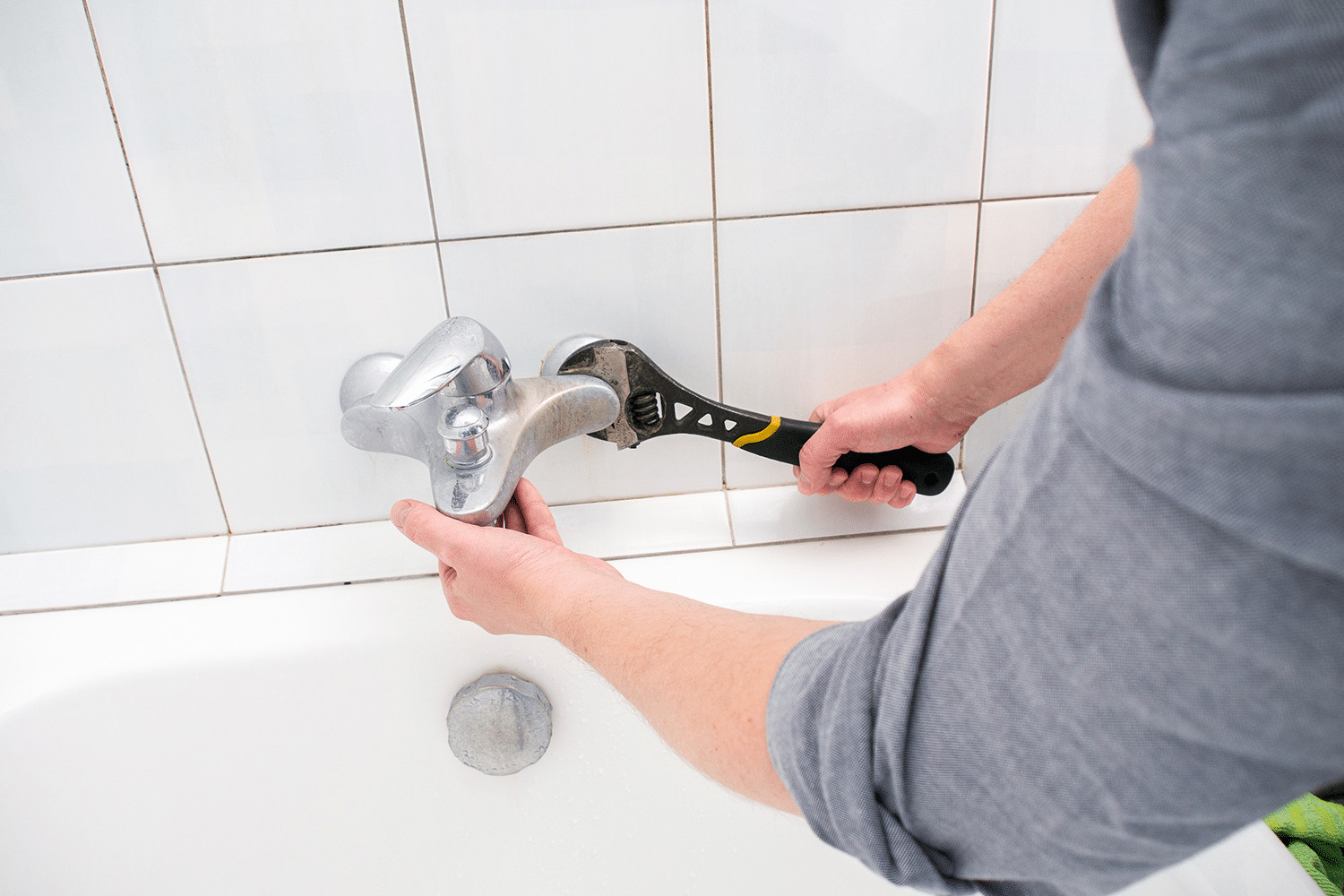
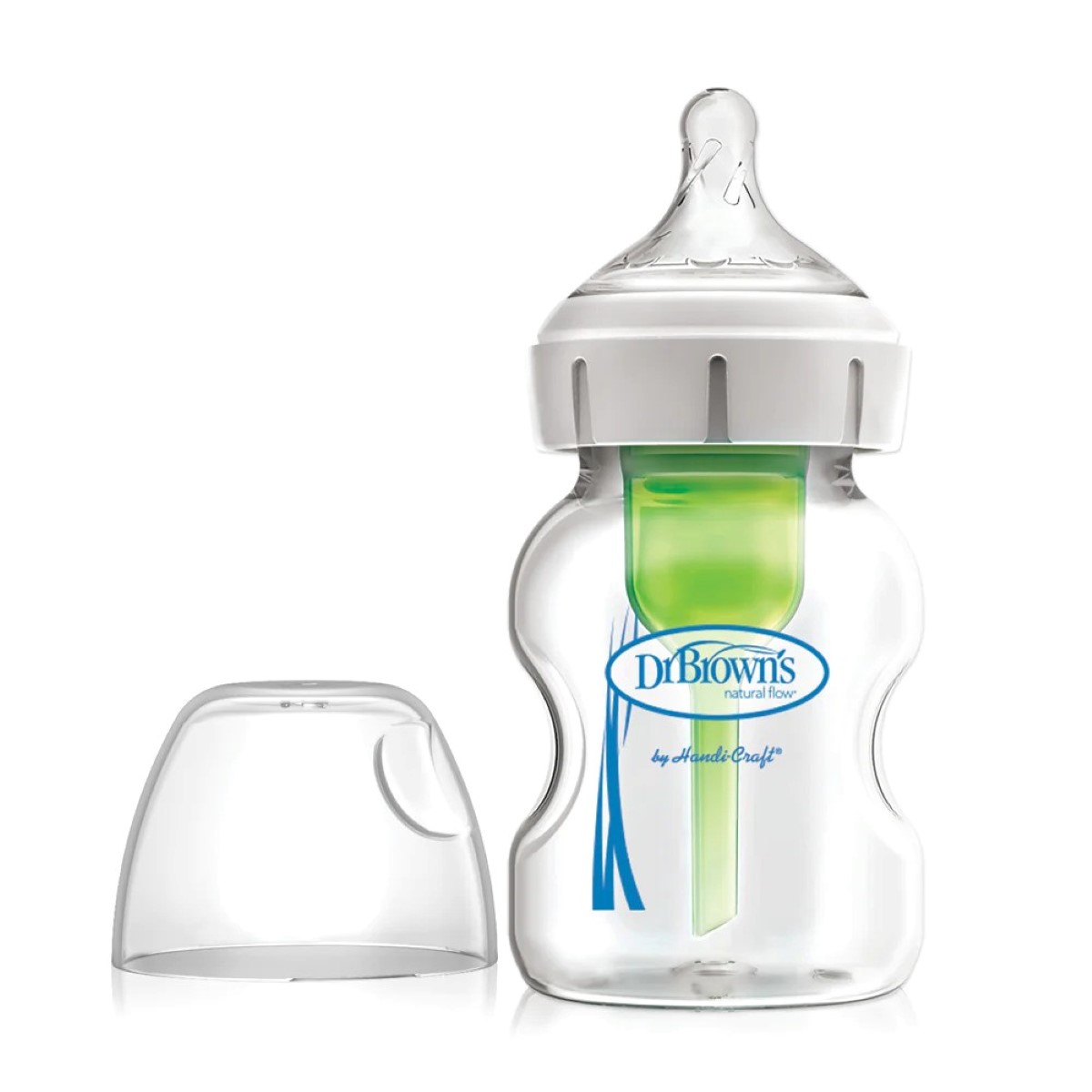
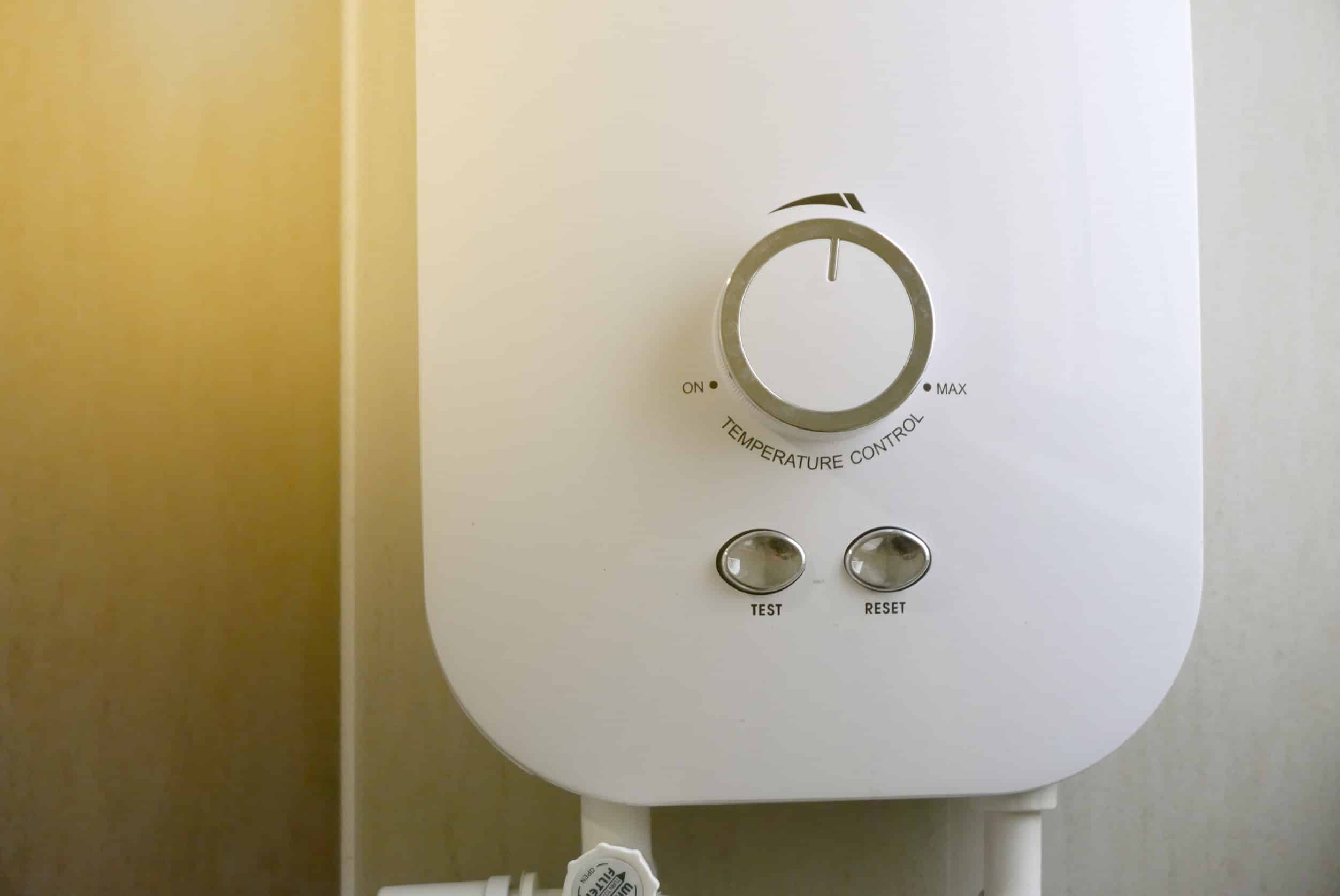
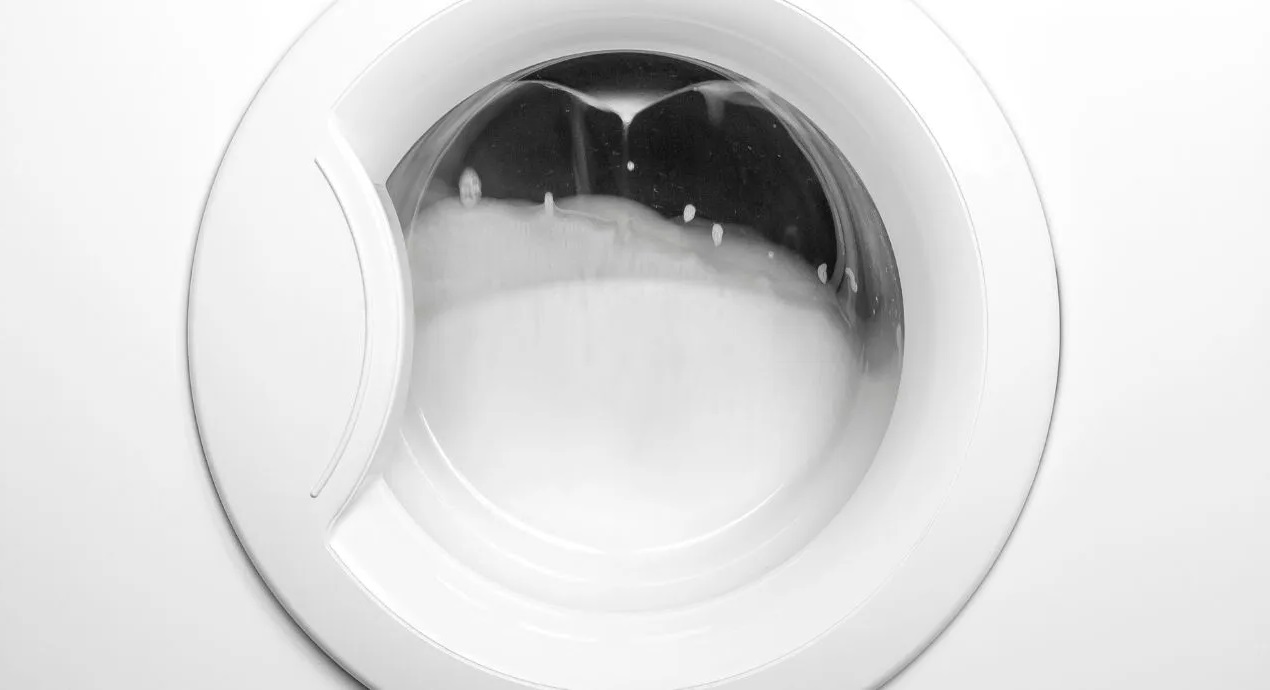
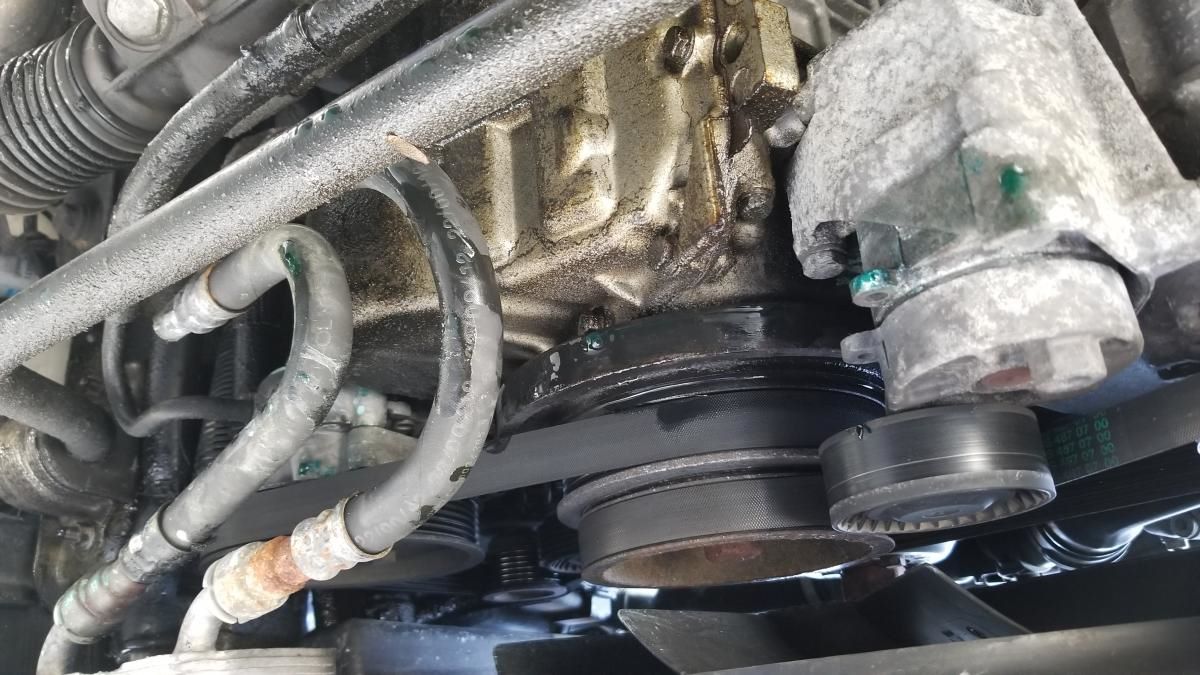
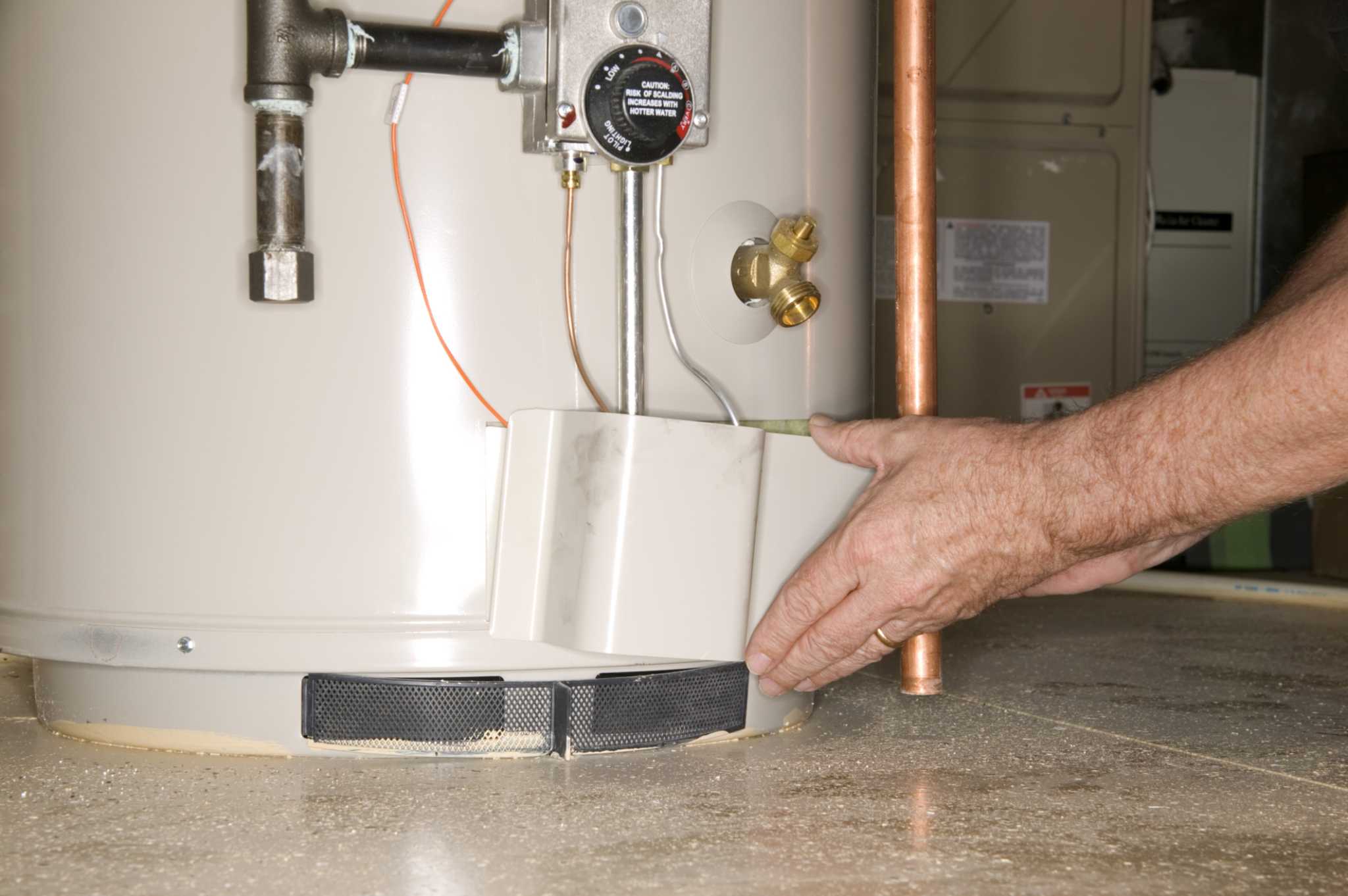
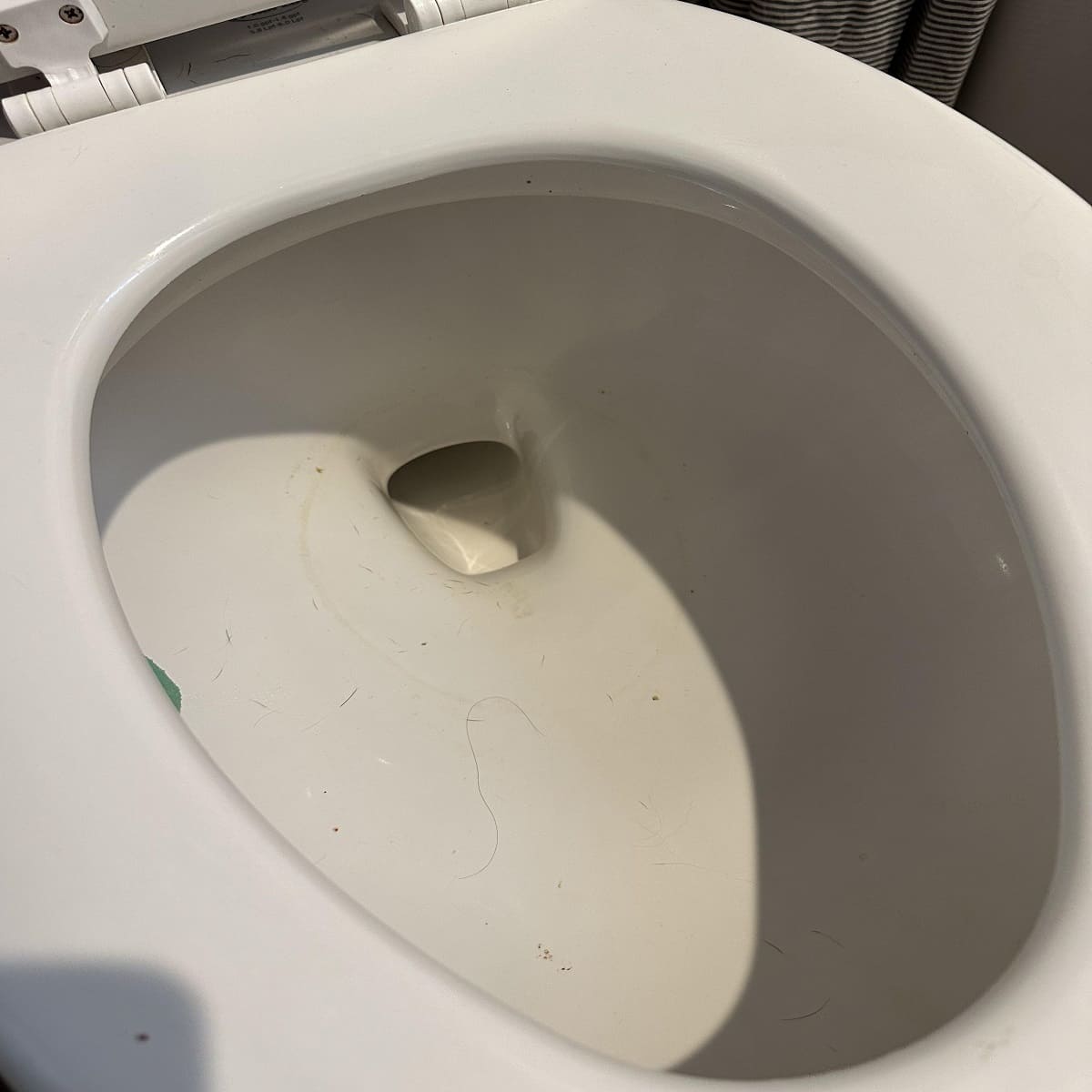
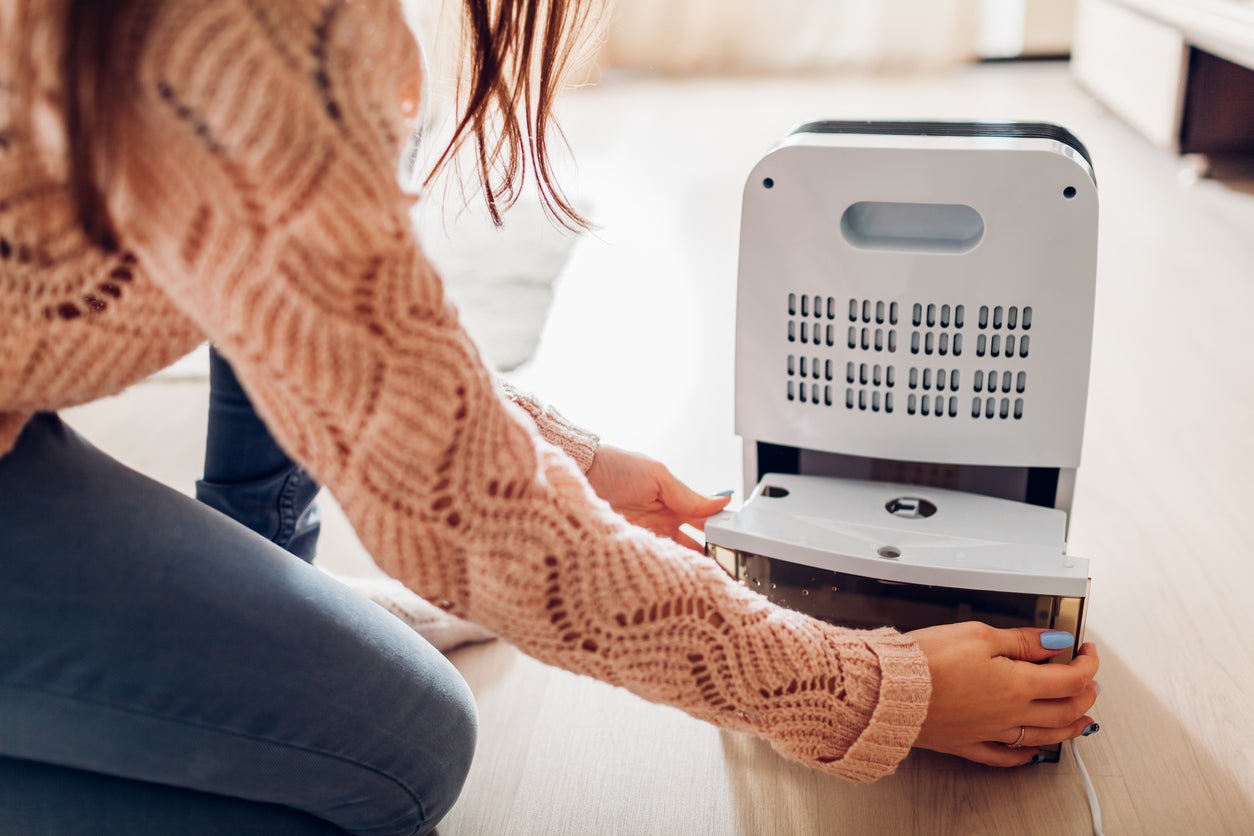

0 thoughts on “Why Is My Faucet Water Brown”